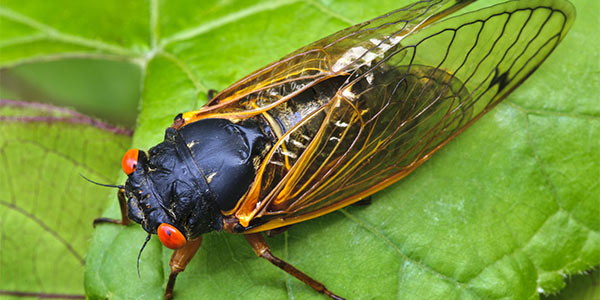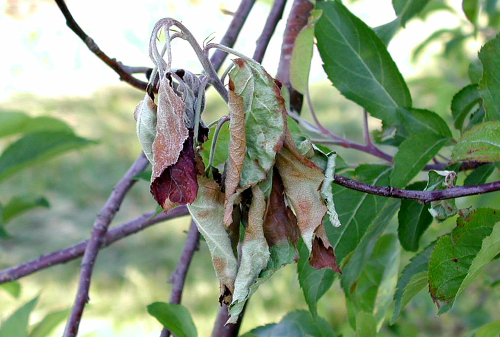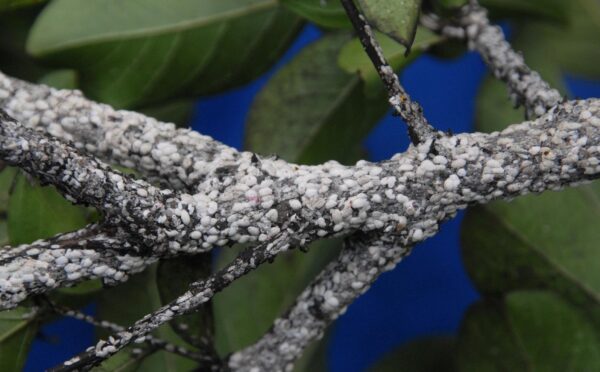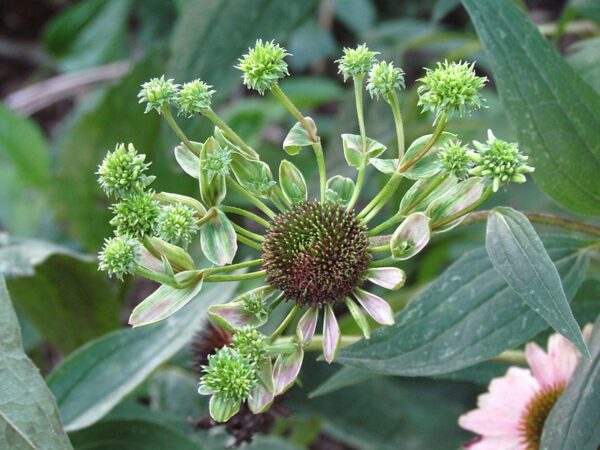Overview on cicadas
Periodical cicadas are insects classified in the order Hemiptera, along with aphids, leafhoppers, and shield bugs. Many species of insects are mistakenly referred to as “bugs,” but only hemipterans are considered to be “true bugs.” Adult periodical cicadas are black from above and orange underneath. They have bright red eyes and clear, membranous wings with black veins. They’re just over an inch (2.5 centimeters) in length with a three-inch (seven-centimeter) wingspan.
Range: Each brood of periodical cicadas has a specific range, but all are found in the eastern and midwestern United States. Periodical cicadas are associated with deciduous trees and shrubs. They sometimes cause harm to young trees, but this can easily be prevented by covering the plants with cheesecloth until the adults die out. Cicadas are mostly beneficial. They prune mature trees, aerate the soil, and once they die, their bodies serve as an important source of nitrogen for growing trees.
When cicadas come out, they’re eaten by just about anything with an insectivorous diet. The fact that cicadas emerge in the millions, however, makes them relatively resilient to predation. Even when a ton of them are eaten, there are still plenty more ready to mate and lay eggs.
Diet: Cicadas have modified mouthparts to feed on liquids rather than solid material. Larvae suck juices from plant roots, while adults suck fluids from woody shrubs and trees.
Life: Cicadas are best known for their extraordinary, highly synchronized life cycles. They spend most of their lives—13 or 17 years, depending on the species—in larval form, burrowed beneath the soil and feeding on fluids from plant roots. In springtime, they emerge from the soil and complete their final molt into adulthood. Each individual in a brood emerges within weeks of one another.
Males cluster in groups and produce loud choruses to attract females to mate with. After mating, female cicadas excavate furrows in slender tree branches and deposit their eggs. The larvae hatch, drop to the ground, and burrow beneath the soil again. The year that each brood will emerge is easily predicted by counting forward 13 or 17 years from their last emergence.
Annual cicadas exist as well. These cicadas live about two to eight years, but because their life cycles aren’t synchronized like periodical cicadas, some of them emerge every year.
Damage
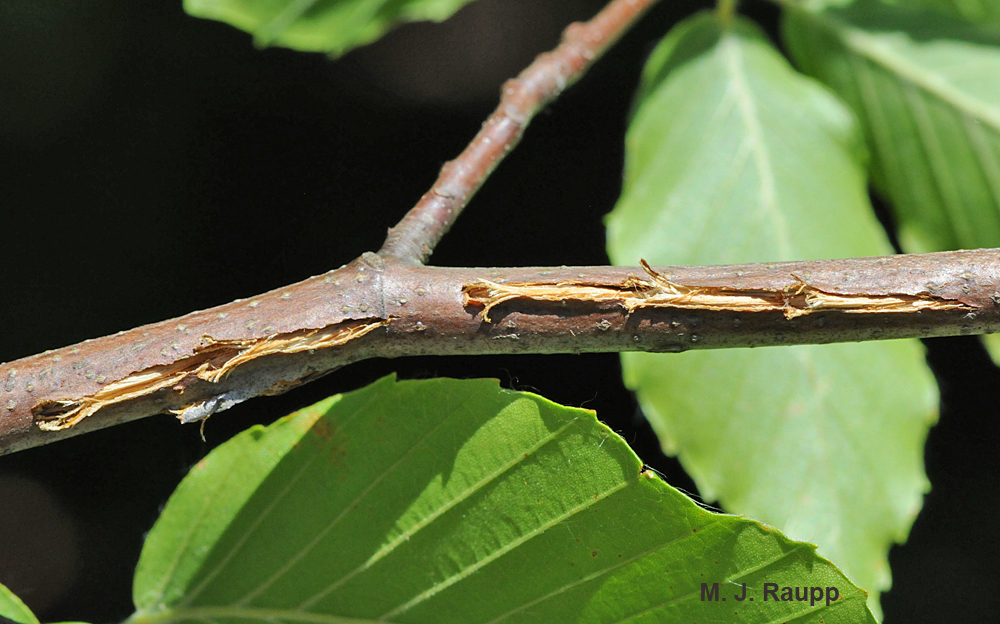
Egg Laying: Female cicadas cut slits in the bark of trees, usually in small, thin, smooth, soft twigs that are about the diameter of a pencil, to lay their eggs. This process, called “flagging”, can cause the branch to dry out and die. The damage is similar to light pruning and shouldn’t be a problem for healthy, mature trees. However, young trees, as well as unhealthy or stressed older trees, can be seriously damaged or even killed by flagging. A single female cicada can lay up to 600 eggs.
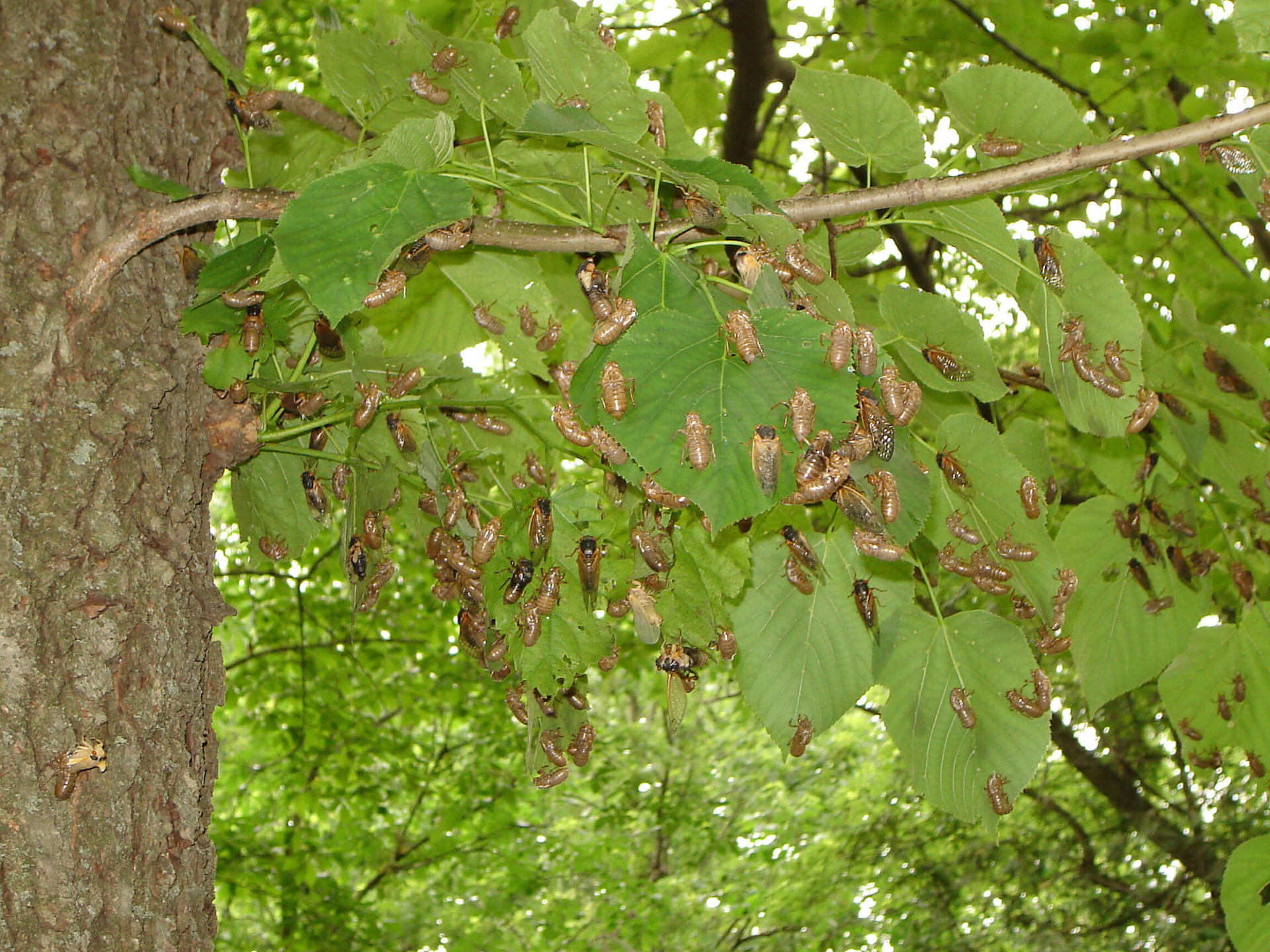
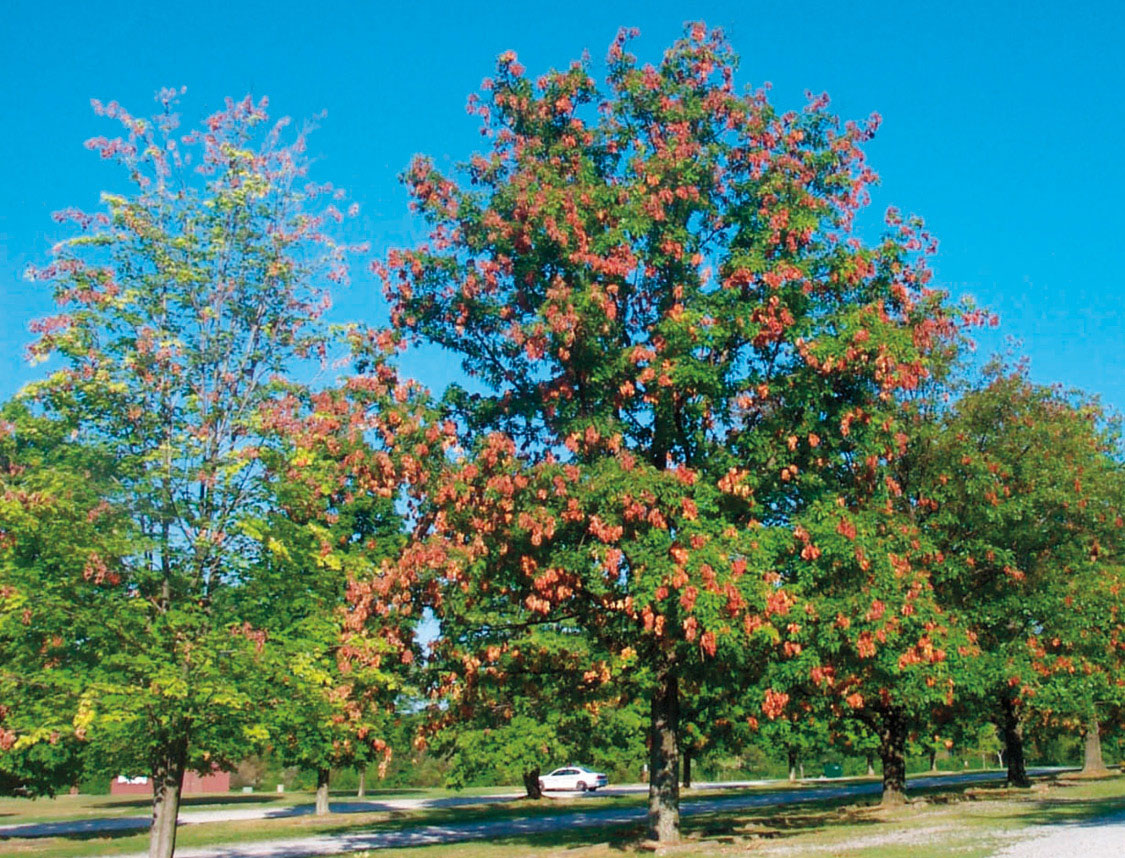
Diseases and Pests: The slits made by cicadas can also lead to diseases and pests, such as woolly apple aphids on apple trees and lesser peach tree borers on stone fruit trees.
My Comments
I have received a lot of calls and also customers bringing in broken dead branches wondering “What’s wrong with my tree”. Cicadas that’s what’s wrong. Everyone got to witness first hand the cicada-apocalypse this year. Some areas were hit harder than most. I feel like Madison, AL was the epicenter for this wave of cicadas. I first noticed the hatching start on May 3rd and it’s just now slowing down a month later. I have also noticed the damage from these cicadas showing up. We have had a few strong storms over the past two weeks and where these cicadas have cut slits in the branches (most visible on the oaks) the wind has broke these tip branches off. Some have fallen to the ground but lots have hung on in the tree and that’s what I’m seeing everywhere around town. There isn’t much you can do about it. The damage has already been done. You just have to wait and hope we get a few windy days and the rest of the branches fall out of the trees. Now i know what you’re thinking, will my tree be ok. Yes, they will be fine. They will look a little ugly for a bit but the trees will recover and be fine.
